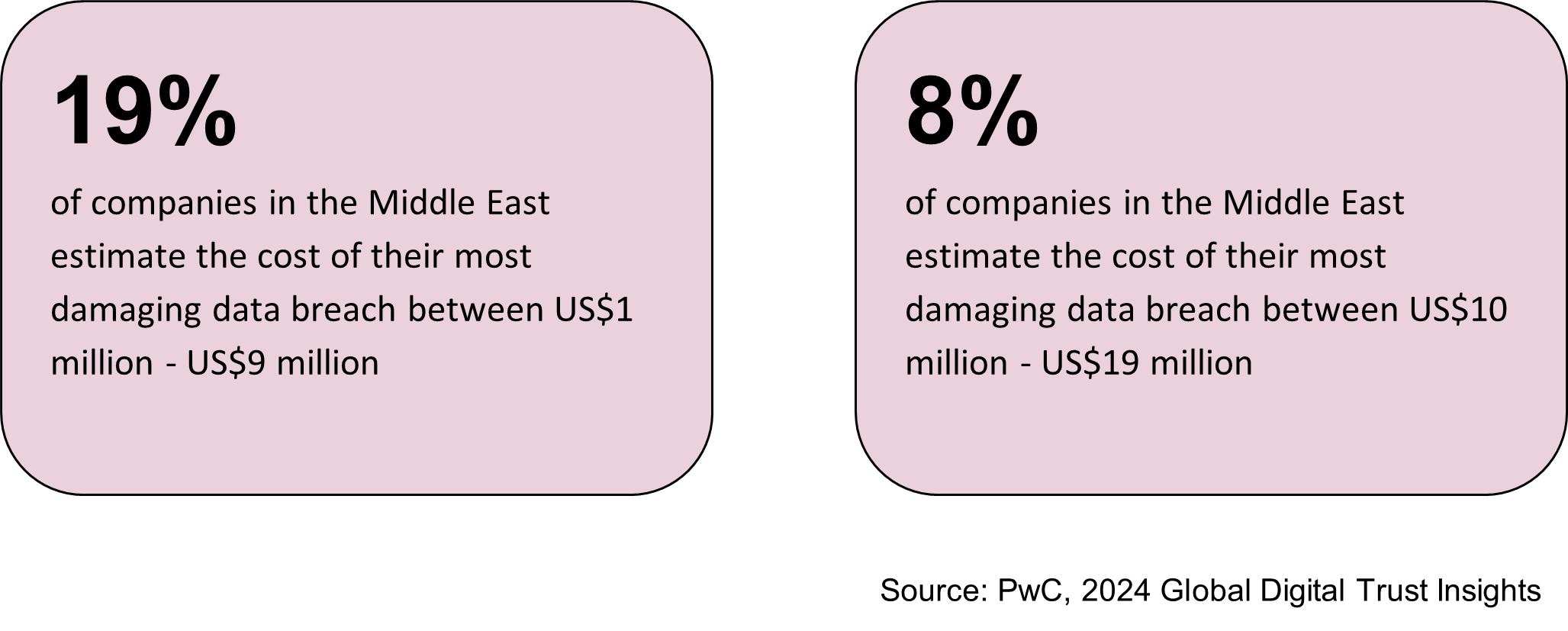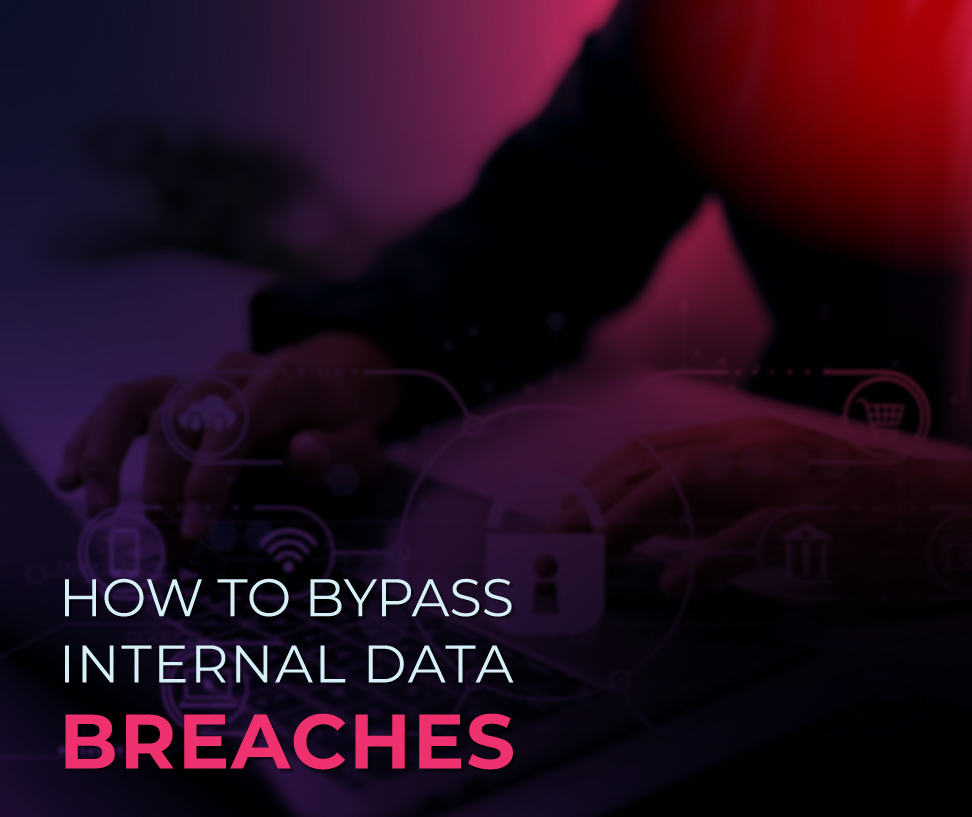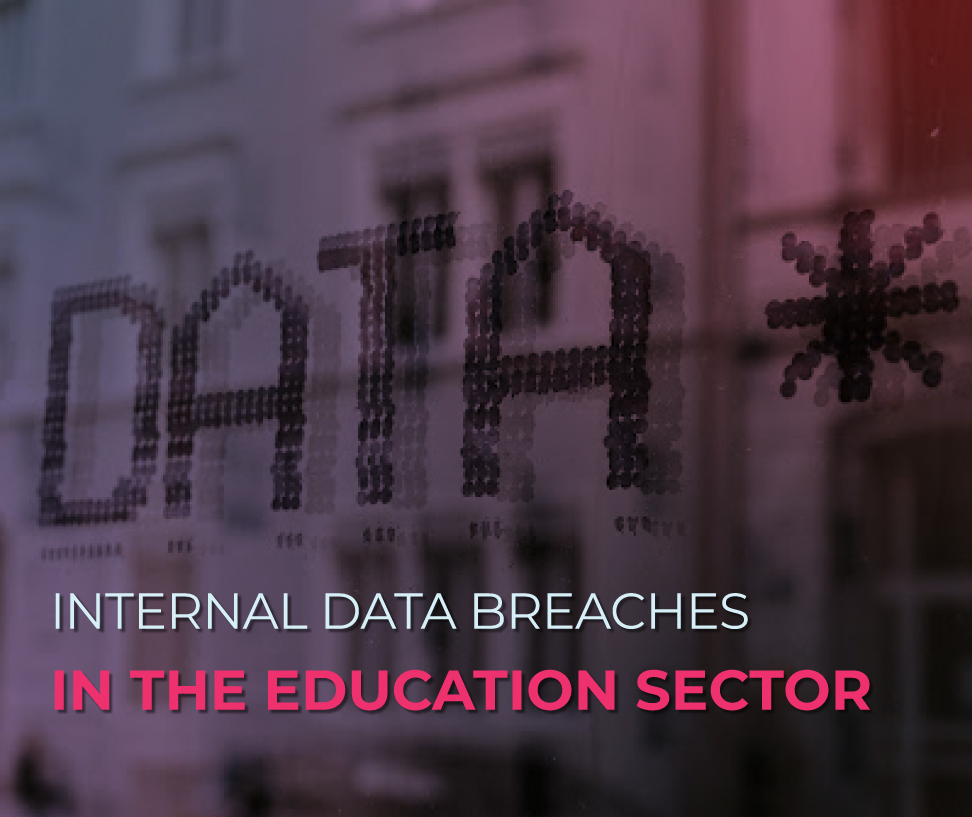
Resources
Cybersecurity Landscape in the Middle East 2024
The Middle East is rapidly emerging as a key player in the global digital landscape. However, with the continuing success of this digital transformation comes the growing risk of cyber threats that pose significant challenges to the region’s security and stability.
These attacks have the potential to derail the progress of digitization and threaten the benefits delivered through it.
Rising Threat Landscape
In recent years, the Middle East has witnessed a surge in cyber threats, ranging from state-sponsored attacks to hacktivism and ransomware incidents. Geopolitical tensions, economic interests, and ideological motivations fuel these threats, making it imperative for the region to bolster its cybersecurity defenses.
The cost of breaches is increasing in the Middle East
In 2023, the Middle East maintained its second-place ranking for the second consecutive year in terms of the total cost of data breaches. The average cost was $8.07M, which is an increase of 8.2% from last year, a 15% increase over the last three years, and a marked 155.9% increase over the last decade. Moreover, according to PwC | 2024 Middle East Digital Trust Insights Report, The number and size of mega breaches are on the rise, and they are becoming more expensive. Across the world, 36% of organizations have reported costs of $1 million or more for their worst breach in the past three years, which is up from 27% last year. In the Middle East, this number is currently at 29%.

5 key security threats to countries in the Middle East region :
- One of the primary contributors to the escalating threat landscape in the Middle East is the prevalence of state-sponsored cyber warfare. Cybercriminals and APT groups attempt to compromise government systems to obtain confidential data.
- Critical infrastructure, including energy, water, and telecommunications, is a prime target for cybercriminals. Persistent attacks on vital infrastructure can lead to catastrophic outcomes for both the affected organization and the country’s economy or security.
- The human factor remains a vulnerable point in the cybersecurity landscape. Phishing and social engineering attacks target both individuals and organizations across all sectors of the economy.
- Attacks using malware (remote access trojans, spyware, ransomware) are a serious threat to organizations and individual users.
- The adoption of emerging technologies, such as the Internet of Things (IoT), brings new opportunities but also introduces new vulnerabilities.

The rising threat landscape in the Middle East demands a comprehensive and adaptive approach to cybersecurity. With the rise of state-sponsored attacks, ransomware, and critical infrastructure vulnerabilities, governments, businesses, and individuals must prioritize cybersecurity. By fostering collaboration, embracing technological advancements, and enhancing cybersecurity awareness, the region can navigate the complexities of the digital age and fortify its defenses against the ever-evolving cyber threats.




